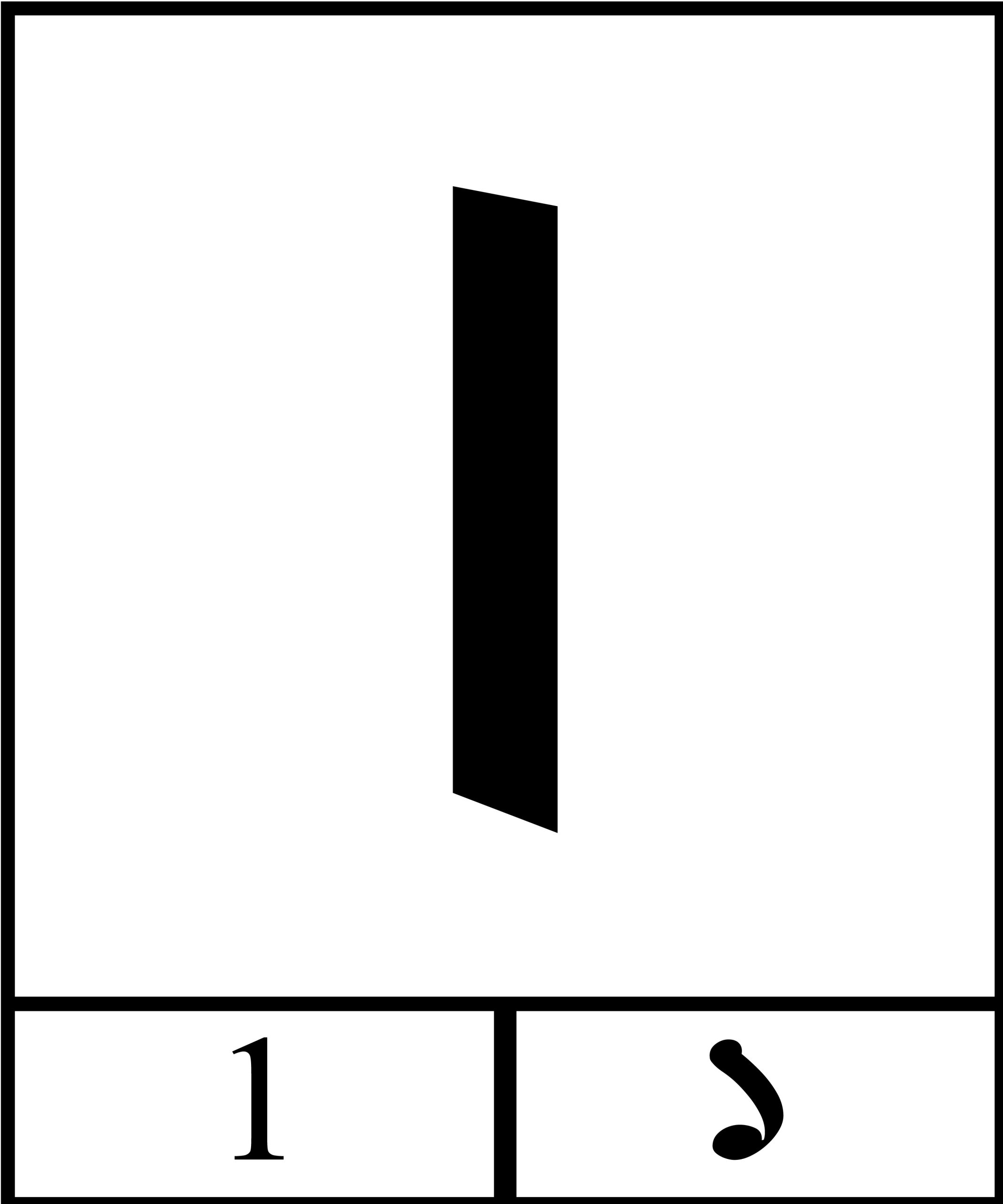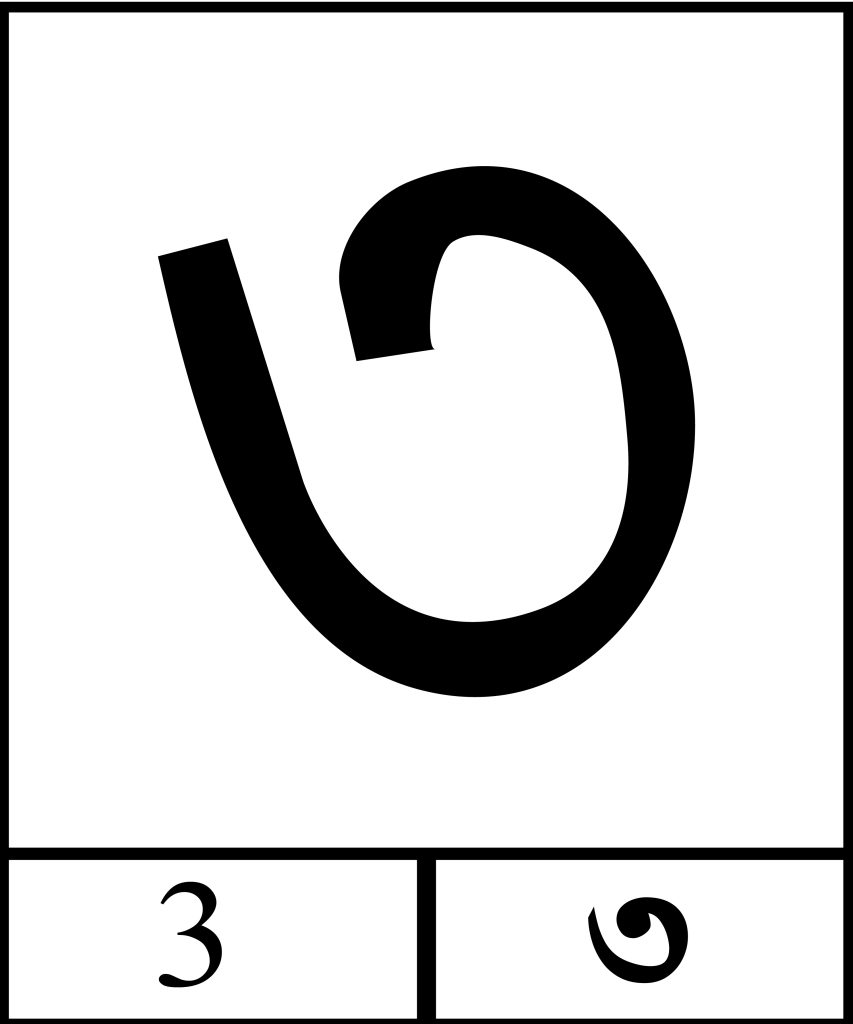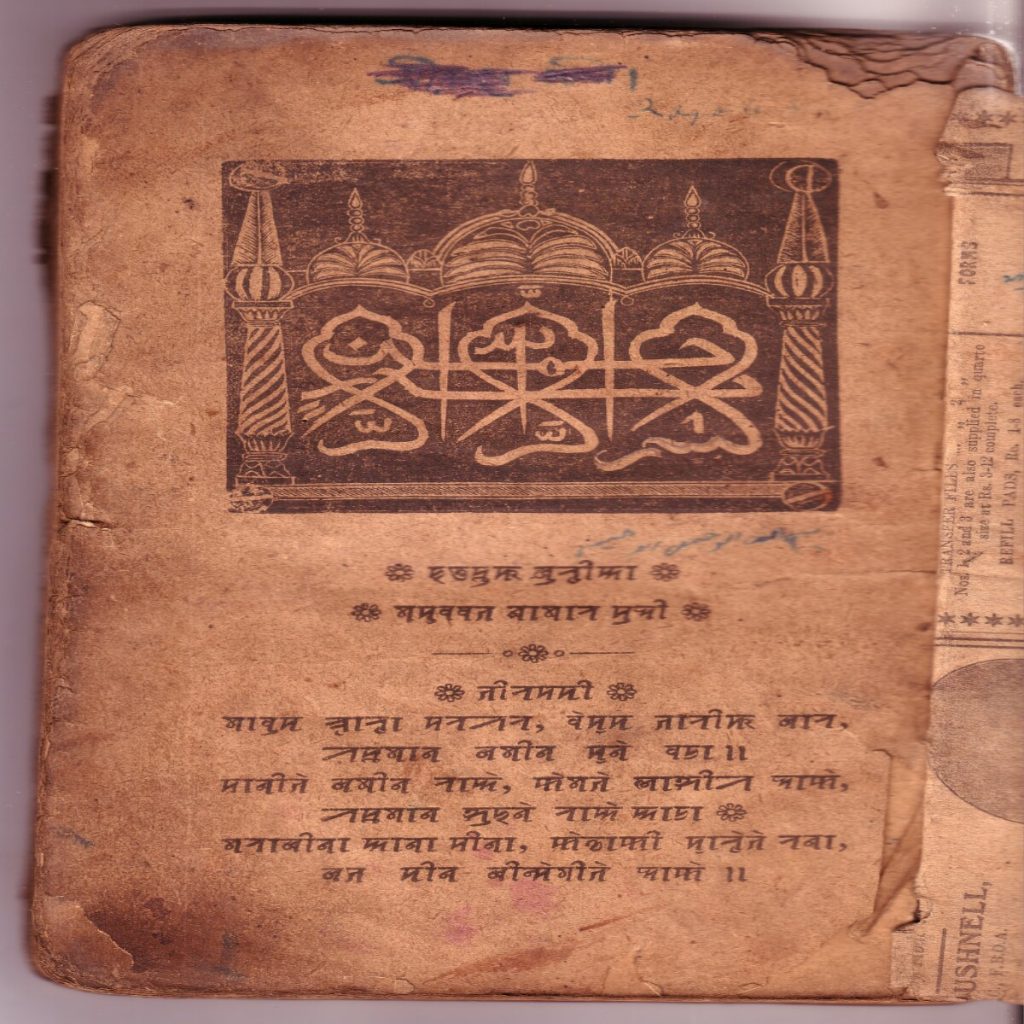SYLHETI LANGUAGE IS SPOKEN BY AN ESTIMATED 20 MILLION PEOPLE WORLDWIDE
Sylheti Language & Heritage is an individual, non-political, non-profit campaigning organisation dedicated to the recognition, preservation and revival of the Sylheti language and its historic script, Syloti Nagri , alongside the wider promotion of Sylheti culture, heritage and identity.
Our mission is to protect not only a language but an entire way of life: the stories, values and expressions of a people whose voice has long been marginalised. Through education, research and community engagement, we work to restore pride and confidence in Sylheti identity both at home and across the global diaspora.



What We Do ?
- Advocacy and Recognition: Campaigning for the formal recognition of Sylheti as an independent language and for its inclusion, together with its script, in school curricula and cultural policy.
- Language, Heritage and Education: Creating accessible Sylheti-language learning materials in both Syloti Nagri and Roman transliteration, and developing resources on traditional customs, oral literature and folklore.
- Cultural Preservation and Digitisation: Recording, digitising and promoting Sylheti songs, poetry, rituals, dress, cuisine and oral history for the next generation, ensuring greater online accessibility and engagement.
- Community and Collaboration: Working through a multi-agency approach to promote unity and community cohesion, overcoming social and institutional barriers while campaigning for the next generation of Sylheti speakers and learners.
- Research and Documentation: Supporting linguistic, historical and cultural studies to ensure Sylheti’s rightful place in academic, institutional and digital archives.
We collaborate with individuals, educators, institutions and organisations in Bangladesh, India, UK and globally to promote linguistic equality and cultural dignity. Our campaigns are supported by volunteers, scholars and professionals who believe that every language and every heritage deserves respect.

Our Vision
A world where the Sylheti language and heritage are proudly spoken, taught and celebrated; where children can learn their mother tongue without fear; and where the Sylheti identity is recognised as a vital part of the shared human story.
Together, we can ensure that Sylheti continues to live, thrive and inspire generations to come.
